Left is a view looking up the spire at Sint Salvatorskathedraal. The cathedral had a bit of spire envy going on in the 1800s when it had a smaller spire than the neighouring Onze Lieve Vrouwekerk. So, when the roof was damaged in 1839, the church took liberties and built a larger tower.
In the gallery are four 14th century tombs that were found during archaeological work in the 1990s. The sign on the wall says:
Decorated tombs are typical for the country of Flanders and Bruges definitely had a leading role. In sixteen former or still existing Bruges places of worship decorated tombs were discovered. They all date back to the period between 1270 and the 17th century.
Brick tombs were plastered and in the wet coat of plaster the painter scratched the most important silhouettes. He applied the natural and mineral pigments and finished his drawings with the application of black silhouette lines. As paint and plaster dry together, they become completely integrated and assure a good solidarity.
As deceased persons had to be buried within 48 hours, the craftsman had little time to execute his work. Moreover it was an uncomfortable work because of the confined space and the faint light.
Tapestries
In medieval times, Bruge was famous for its textiles and it’s tapestries. Below is an example of one tapestry that dates to the 1730s. It depicts an event from the life of Christ.
Deeper within the darkened corridors of Sint Salvatorskathedraal is a painting that matches this scene. Before work on the tapestries began, Jan van Orley was commissioned to create paintings from which the tapestries could be made.
Shrine to Charles the Good, 1883-1885
Charles the Good was loved dearly by the Belgium people. He was a fair leader who was a bit like Robin Hood — during times of famine he distributed food to the needy and passed laws to prevent greedy nobles from hording of food and later charging increased prices.
It was these greedy nobles that later killed him… while he knelt in prayer at Sint-Donaaskerk. After his death, Charles became an instant martyr. The people of Bruge rioted and demanded that the nobles who killed Charles be tortured and killed (it was not all nobles — but one particular family, the Erembald clan). An unbiased and detailed account of the death of Charles was written by Galbert of Bruge in 1127.
Every year on March 2 the people of Bruge celebrate the feast of Blessed Charles the Good. There are shrines (like the one below) to Charles all over the city.
Mausoleum of Jean II Carondelet (1469-1544)
Carondelet was an important figure in the history of Sint-Donaaskerk, an earlier cathedral built in Bruge’s Burg Square. He was the chancellor of Flanders and adviser to Charles V of the Holy Roman Empire.
His tomb was originally in Sint-Donaaskerk but that Cathedral was destroyed in 1799 during the French Revolution and resulting occupation of Belgium. The alabaster figure seen in Sint Salvatorskathedraal below is what was saved of his monument.
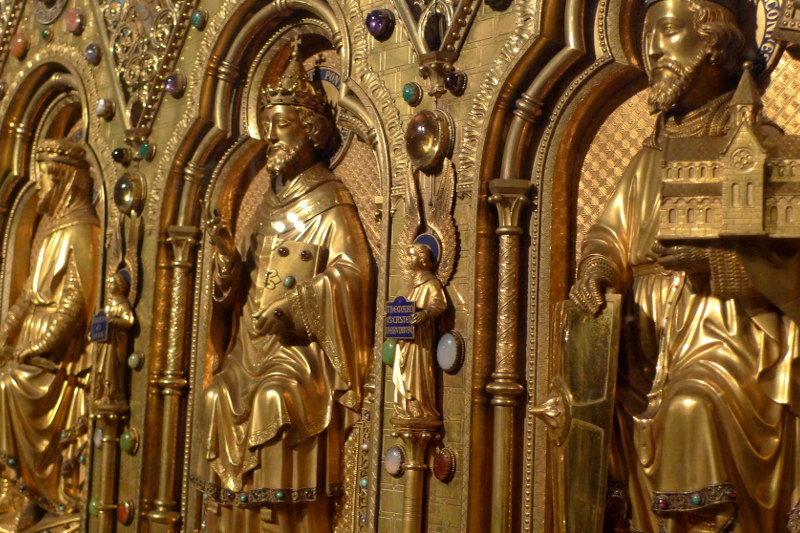
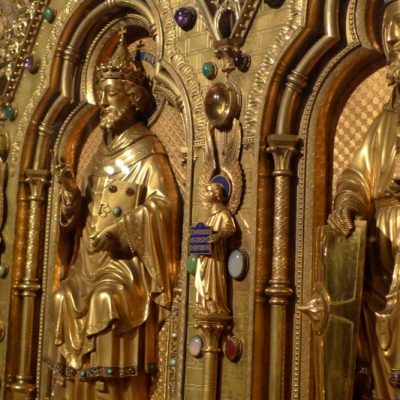
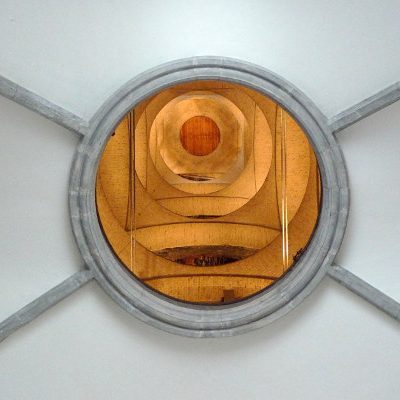
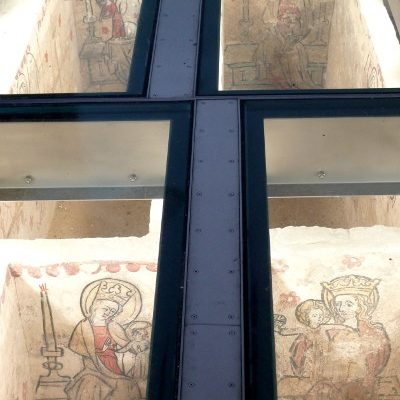
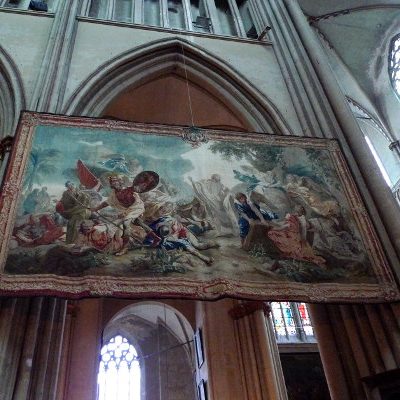
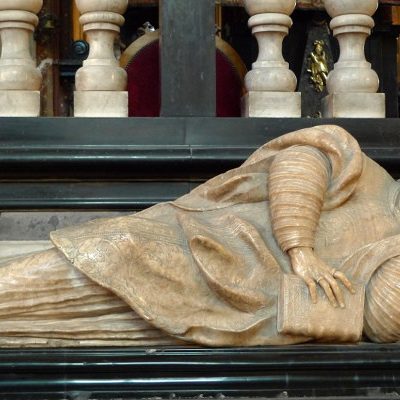
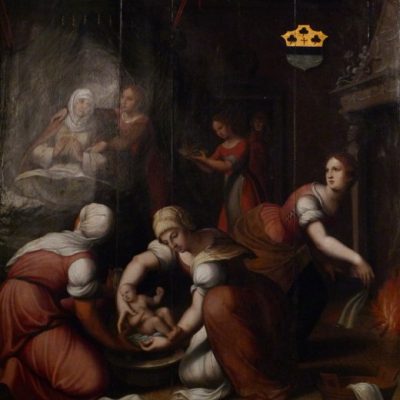
0 comments on “Sint Salvatorskathedraal”Add yours →